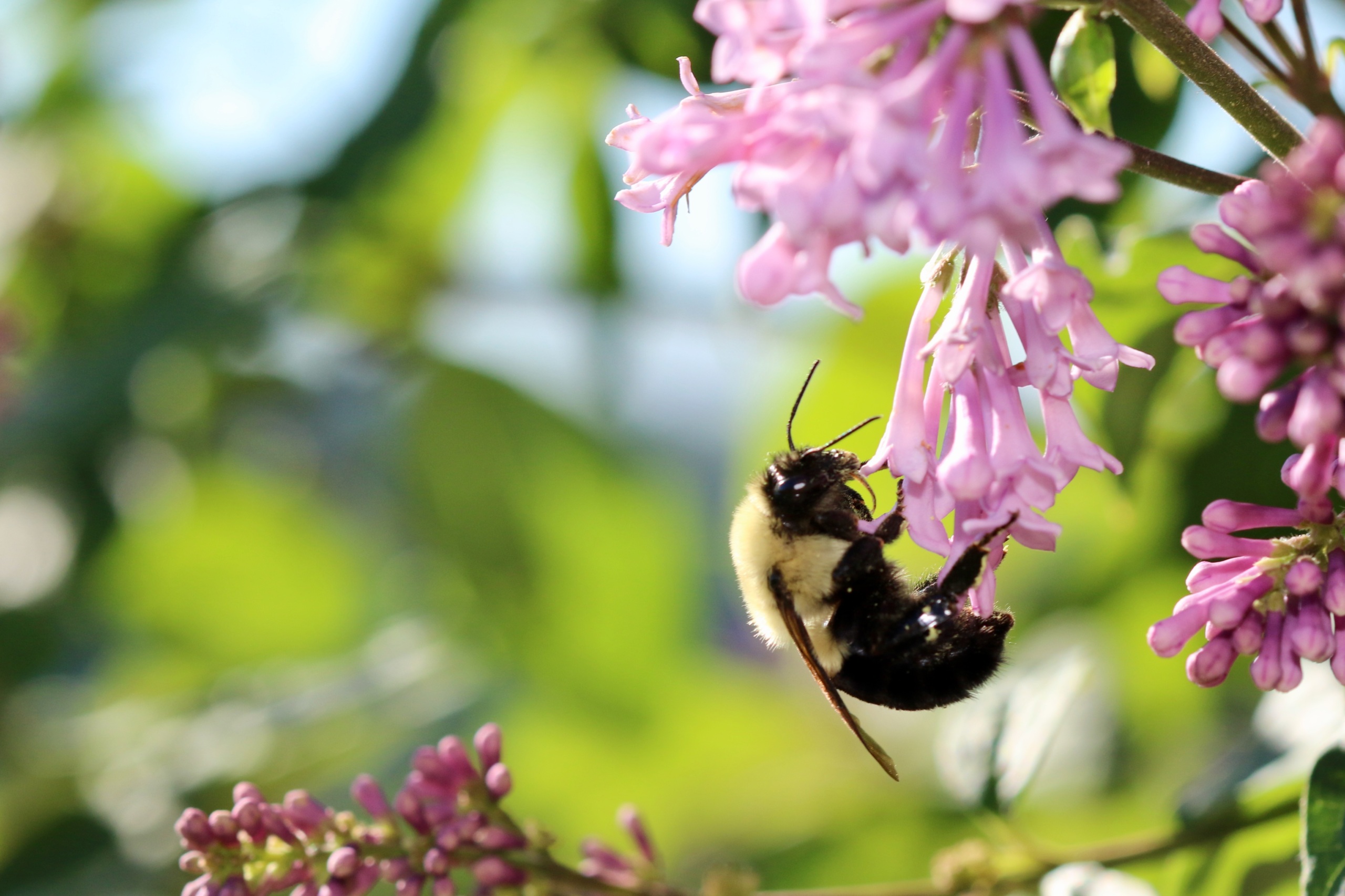Chesapeake Bay needs region-wide protection
Designating site in the Chesapeake Bay as pieces of a National Recreation Area is step toward preserving of one of America’s most prized natural landscapes
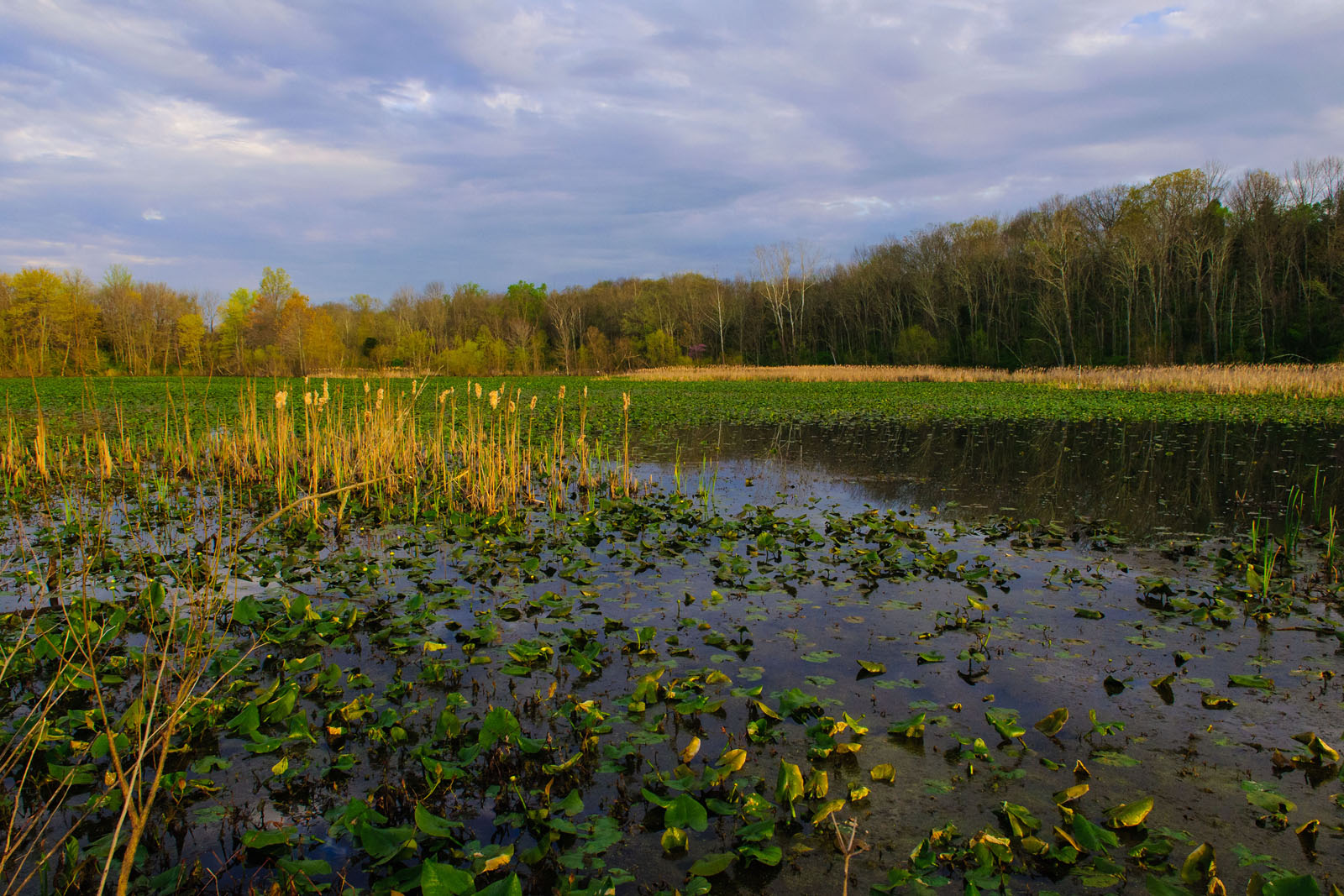
The Chesapeake Bay is one of the country’s most treasured natural wonders. It stretches across six different states as fresh water flows to join the saltwater of the Atlantic Ocean.
The Chesapeake Bay encompasses 64,000 square miles and is made up of ecosystems such as wetlands, rivers, forests, and reef systems (some artificial). Because of this ecological diversity, the Chesapeake Bay serves as a critical habitat for a wide range of species.
Senator Chris Van Hollen and Representative John Sarbanes have introduced the Chesapeake National Recreation Area Act along with 15 other members of Congress — Sens Ben Cardin, Mark Warner and Tim Kaine and Reps Don Beyer, Gerry Connolly, Steny Hoyer, Glenn Ivey, Jennifer McClellan, Kweisi Mfume, Eleanor Holmes Norton, Jamie Raskin, Dutch Ruppersberger, Bobby Scott, David Trone and Rob Wittman.
If passed, this legislation will allow public and private sites to voluntarily become part of the new Chesapeake Bay National Recreation Area. More than fifty national park sites already exist within the Chesapeake Bay area. Passing this bill would be a critical step further in recognizing this landscape as the treasure it is.
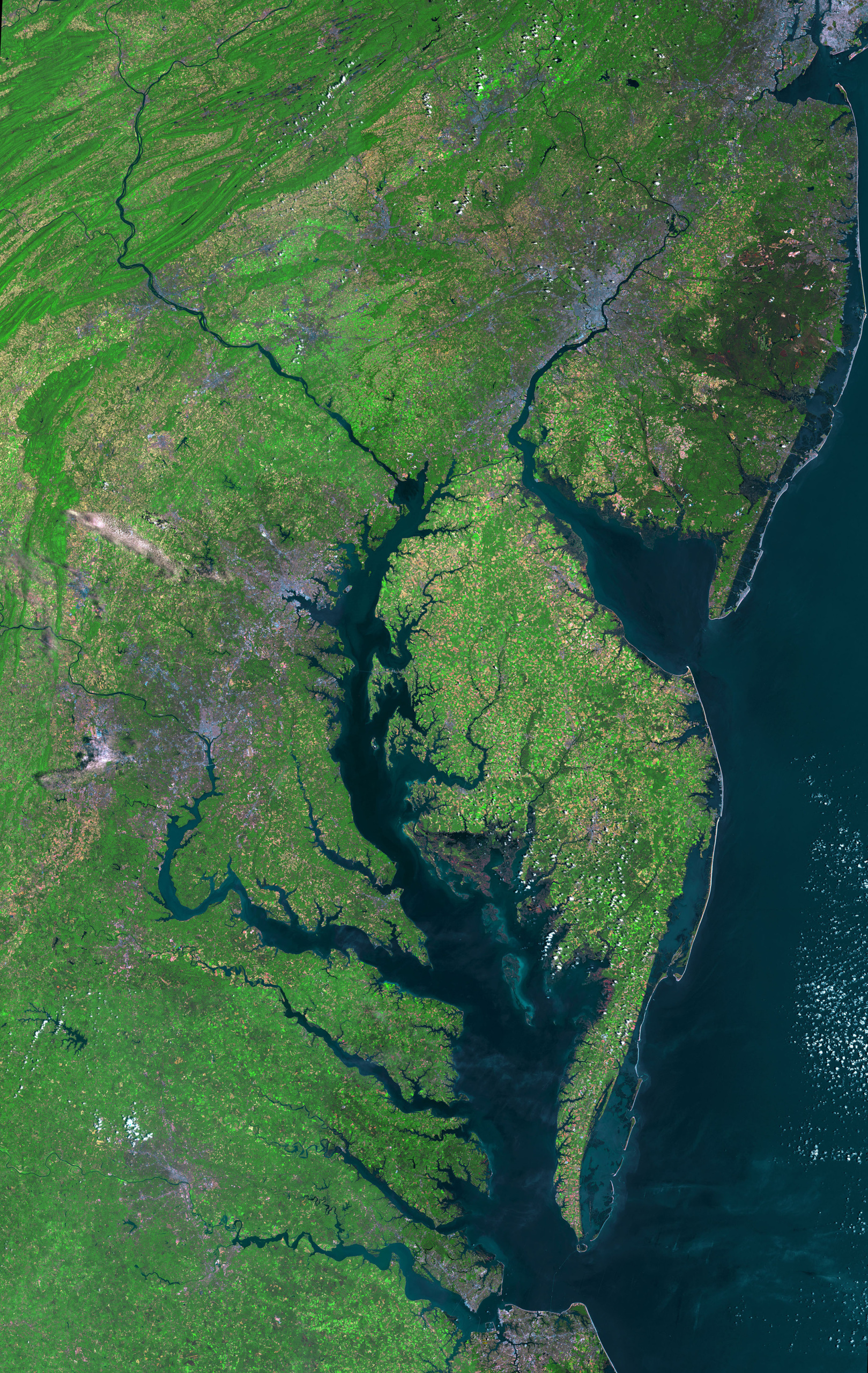
The Chesapeake Bay is home to over 3,600 species of plants, birds, fish, mammals and more. Among their ranks are several endangered species such as the leatherback sea turtle and the North Atlantic Right Whale, the rare small-whorled pogonia (a member of the orchid family) and the puritan tiger beetle.
Designating sites as part of the new Chesapeake National Recreation Area will help coordinate their management and bring additional resources to elevate of all of the federal, state and private land that makes up this landscape, giving these wildlife populations a better chance of thriving.
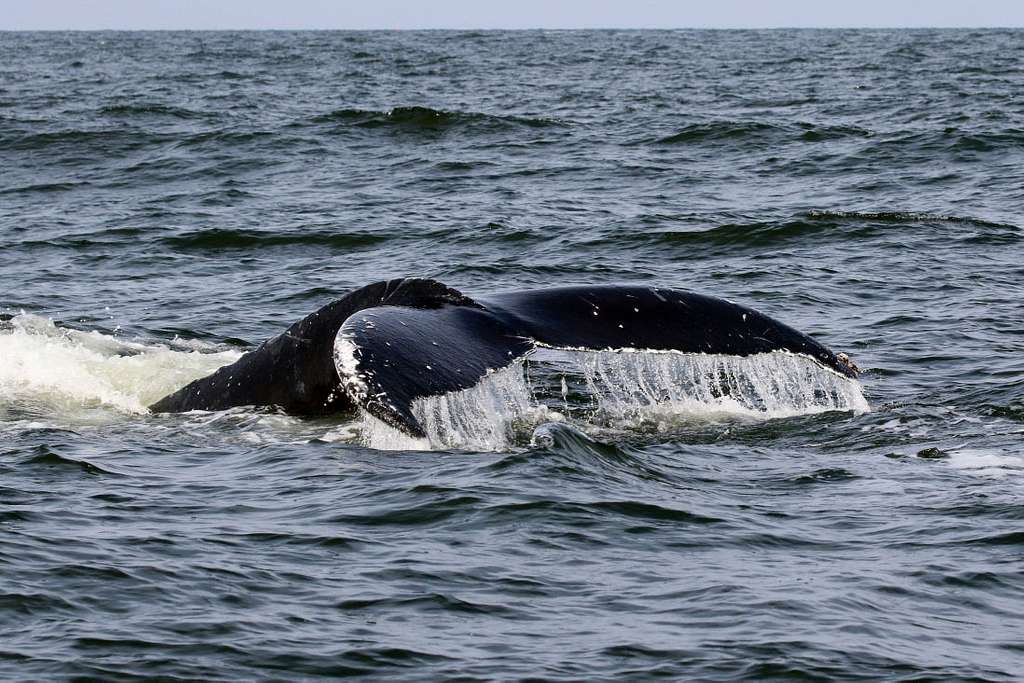
Designating sites as part of the National Park System can signal that the area is one of our country’s most prized natural areas and that we should safeguard it for the enjoyment of future generations.
A National Recreation Area designation will lead to enhanced recreational opportunities, prohibit destructive activities such as mining and provide more funding for preservation and restoration.
Environment Virginia and Environment Maryland support the Chesapeake National Recreation Area Bill as a way to preserve one of the East Coast’s valued landscapes. We join many other environmental organizations in our support including the National Park Conservation Association, the Chesapeake Bay Commission, the Conservation Fund, the Nature Conservancy and more.
Congress should pass the Chesapeake National Recreation Area Bill to recognize the Chesapeake Bay as the valuable national treasure it is.
Topics
Authors
Elly Boehmer
State Director, Environment Virginia
A former canvass director and organizer with Impact, Elly now directs Environment Virginia's efforts to promote clean air, clean water and open spaces in Virginia. Elly lives in Richmond, Virginia, where she enjoys gardening, photography, hiking and rollerblading with her dog.
Ellen Montgomery
Director, Public Lands Campaign, Environment America
Ellen runs campaigns to protect America's beautiful places, from local beachfronts to remote mountain peaks. Prior to her current role, Ellen worked as the organizing director for Environment America’s Climate Defenders campaign. Ellen lives in Denver, where she likes to hike in Colorado's mountains.
Riley Martel-Phillips
Conservation Intern
Find Out More
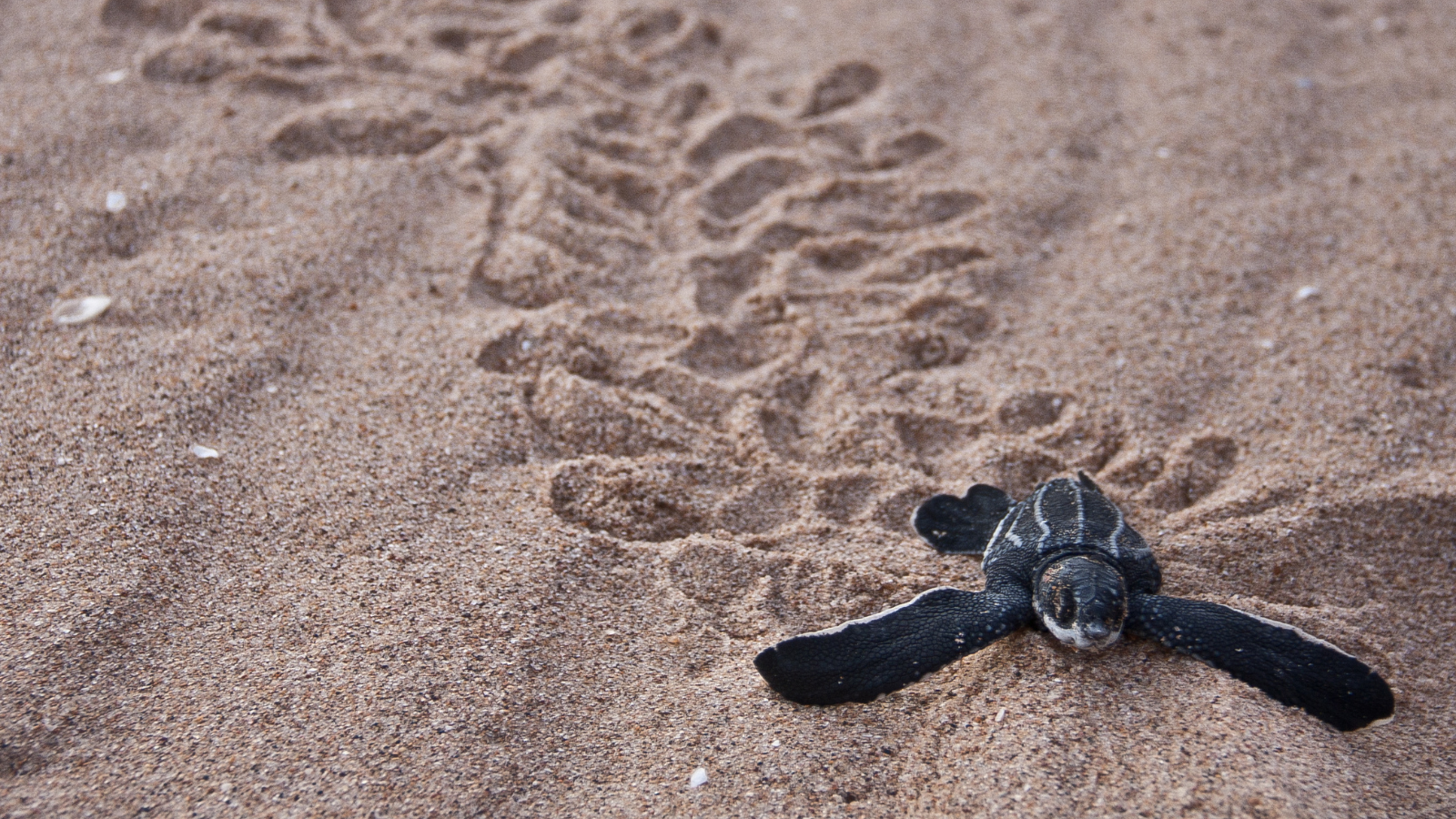
Where in the world do leatherback turtles go?

Native plants for Maryland: How and why to start a native plant garden
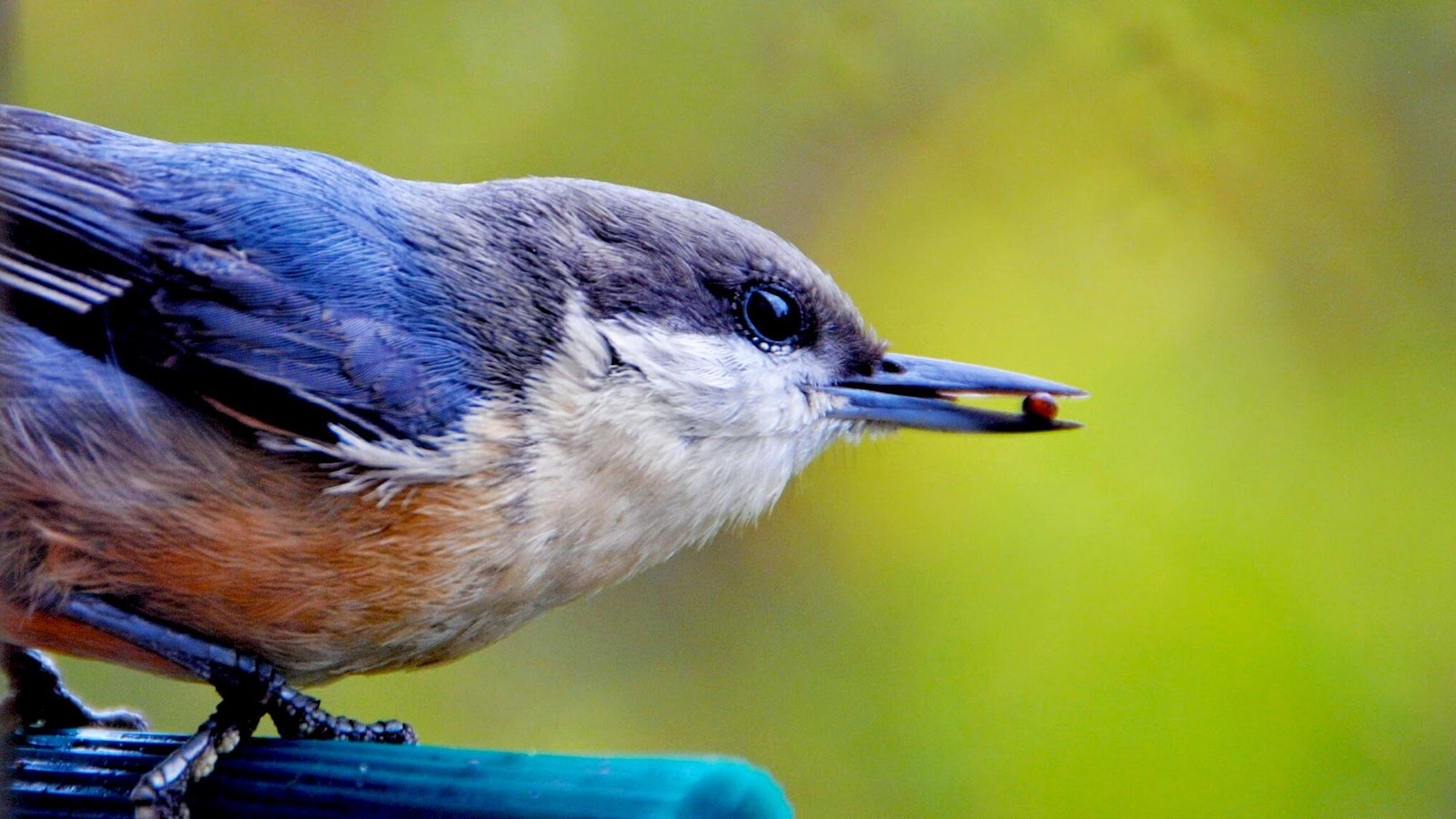
EPA report says pesticides endanger wildlife
